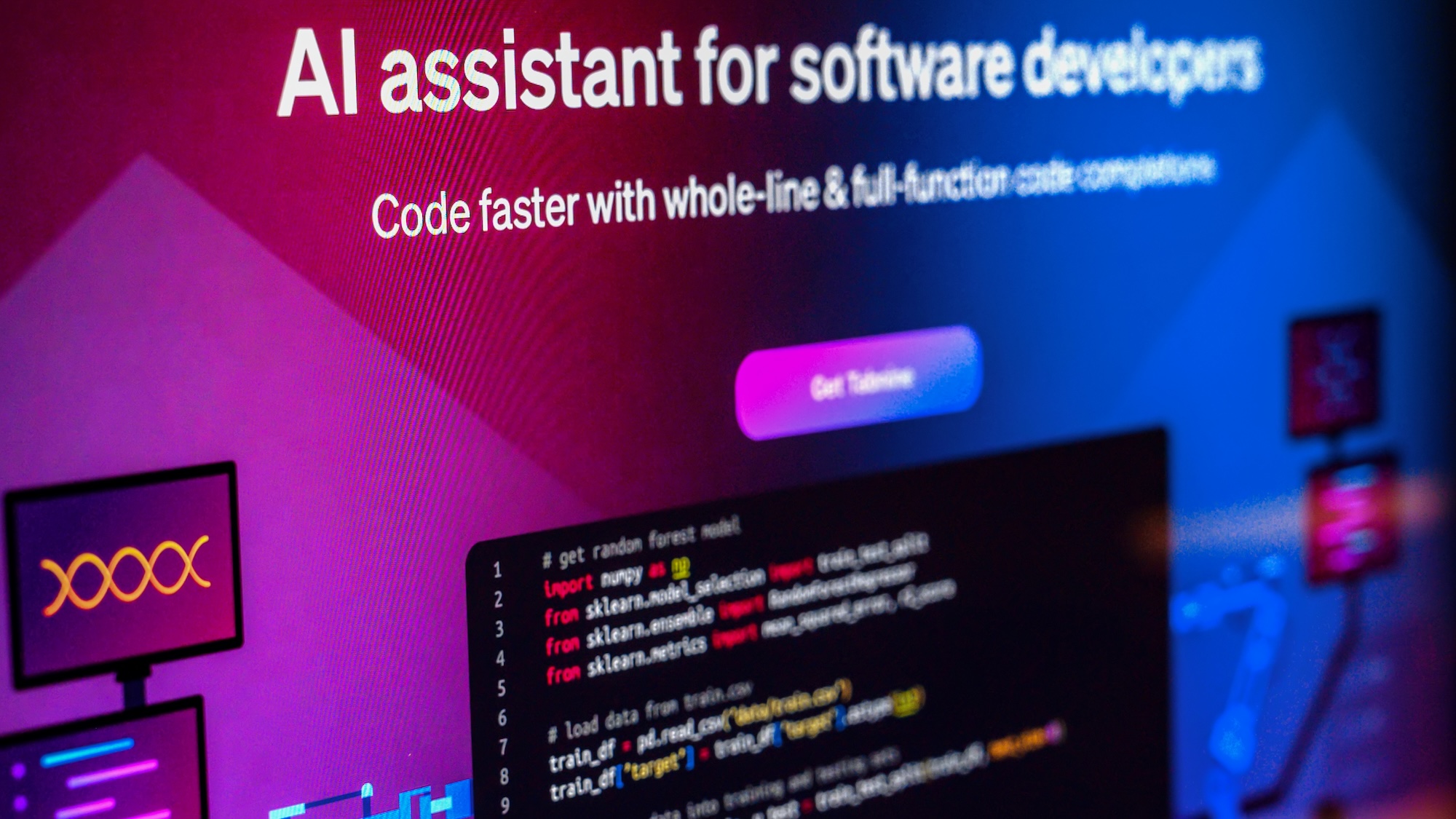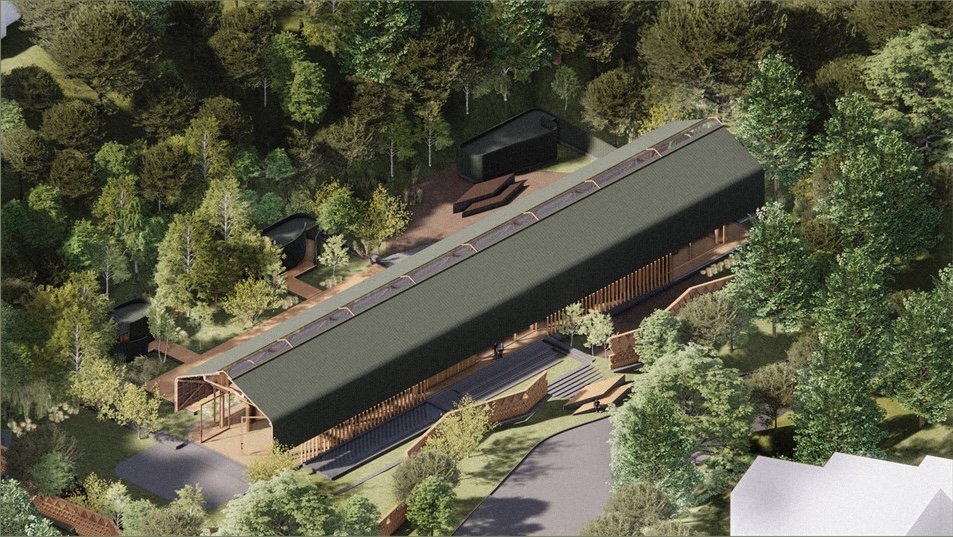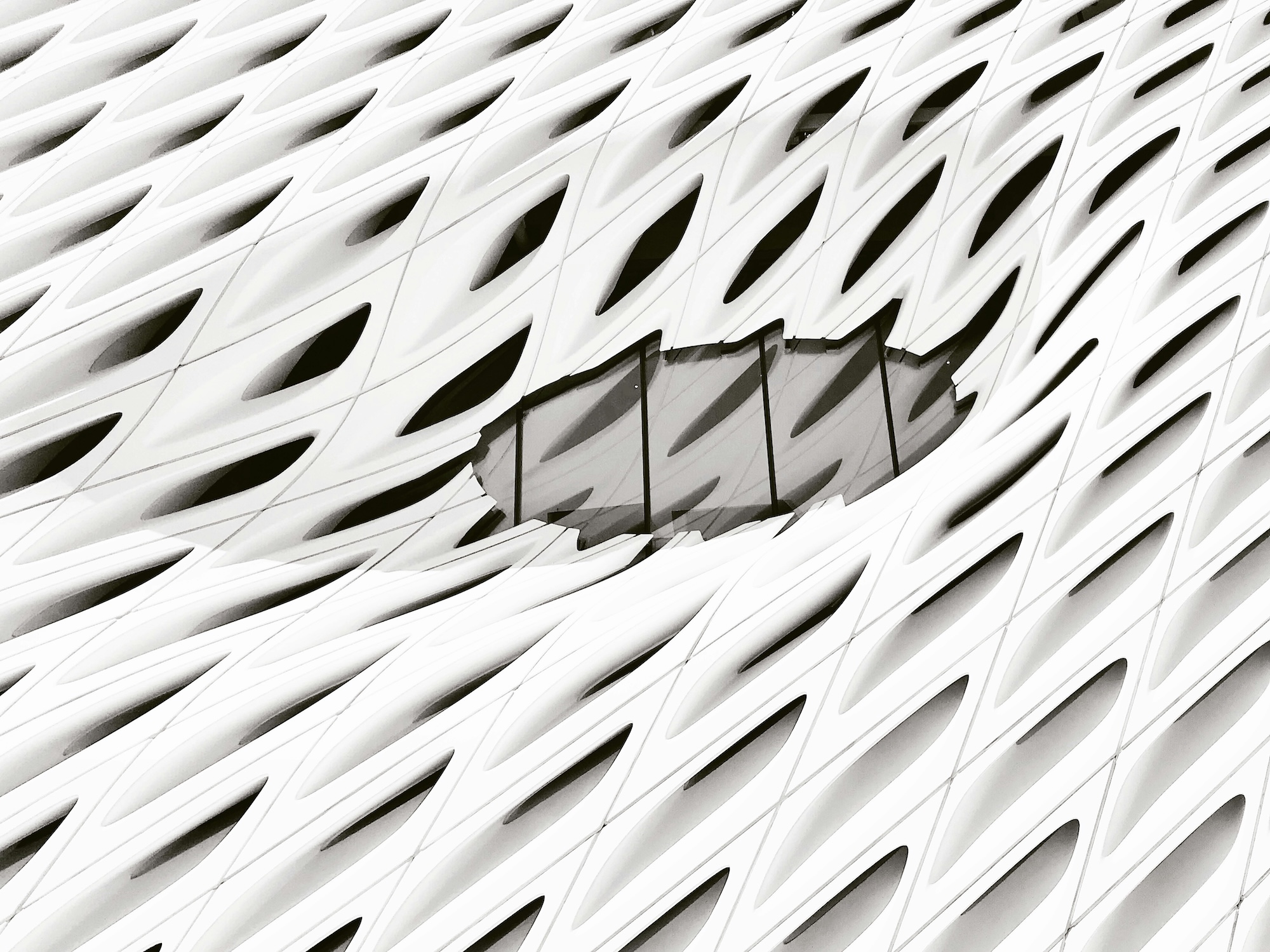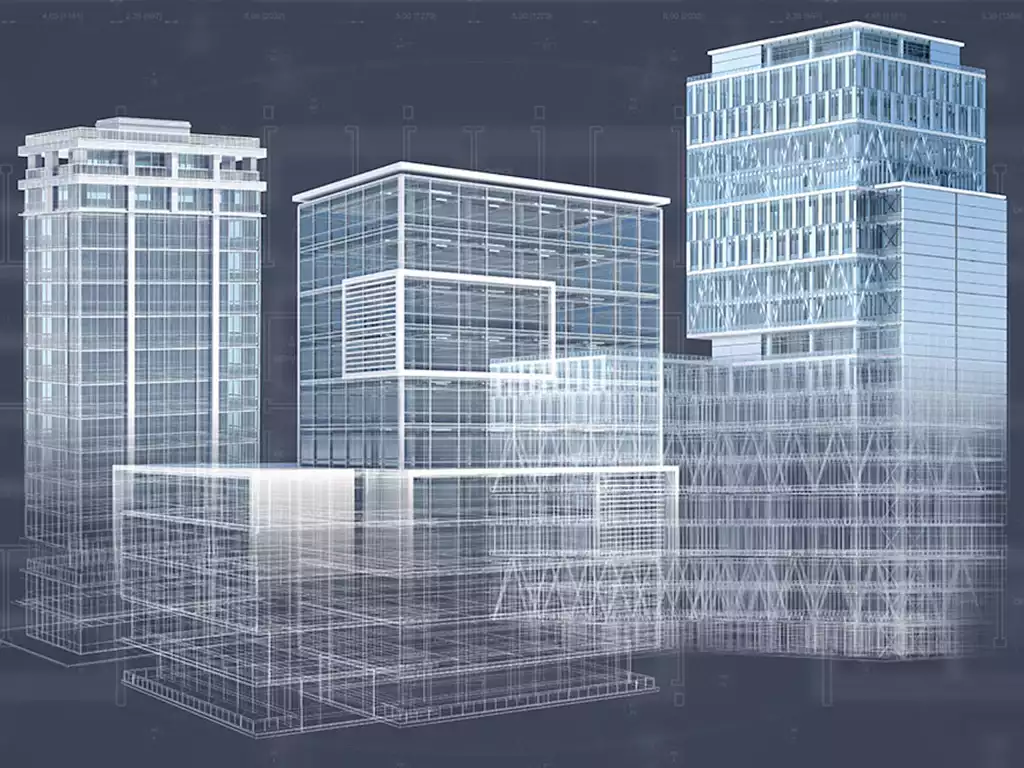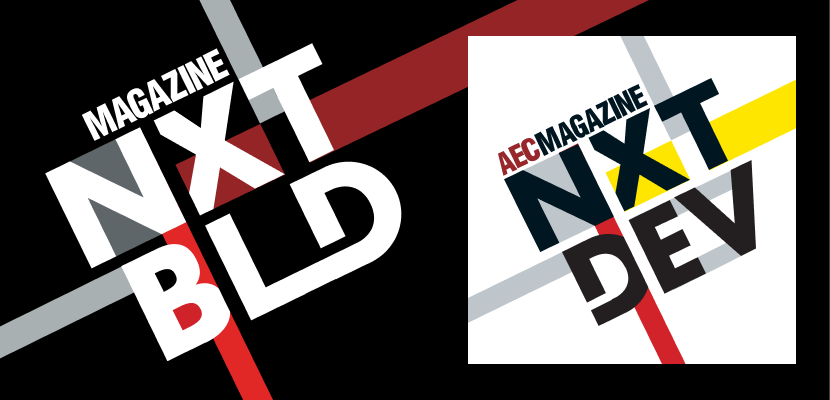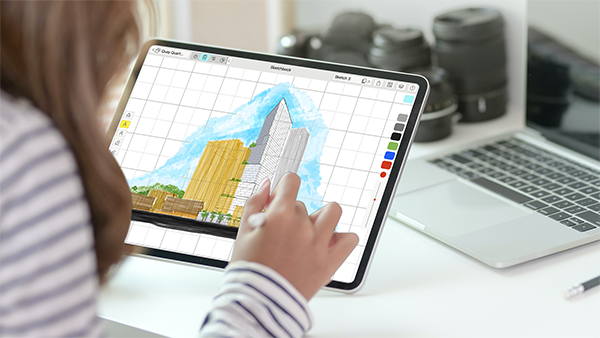-
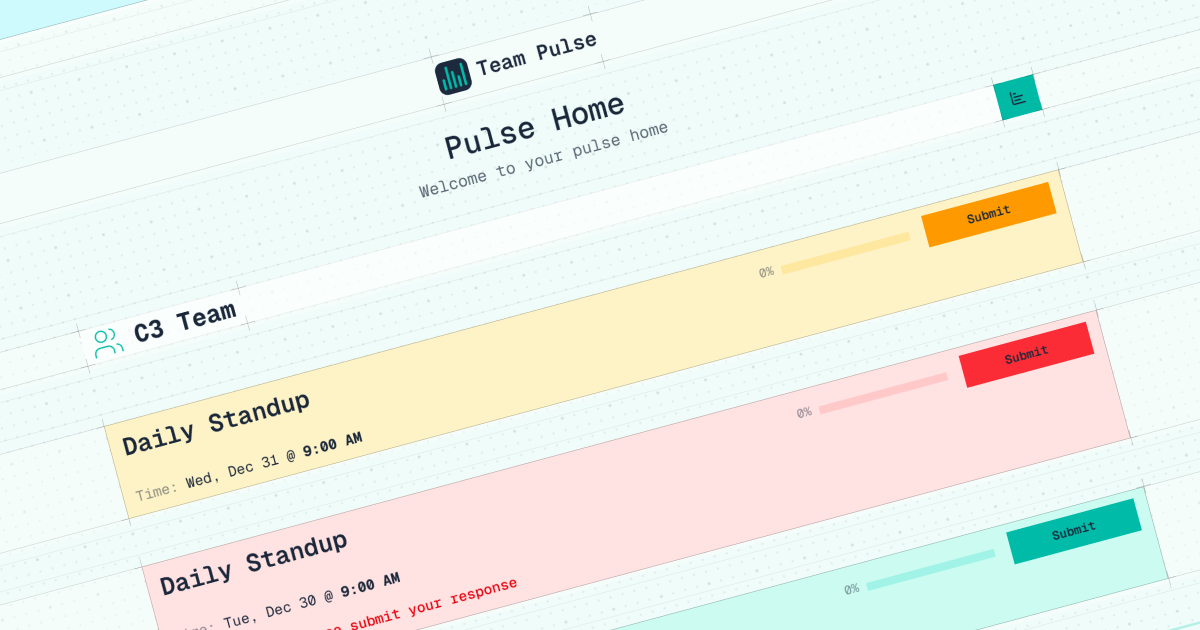
Team Pulse
Run your team without running meetings. For most of my career, I’ve been building and leading teams across architecture, design, and technology — in-office, hybrid, fully remote, and everything in between. One pattern has been constant: the need to understand how a team is really doing — without drowning everyone in meetings. That tension is…

